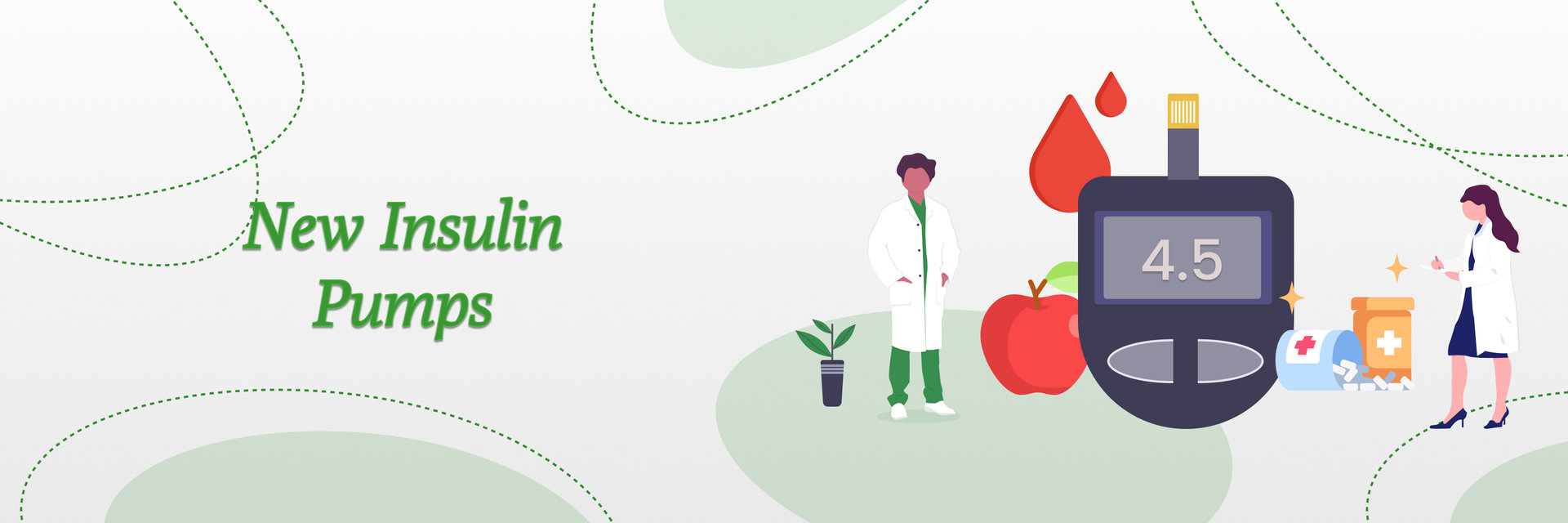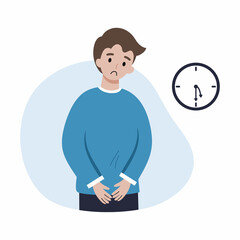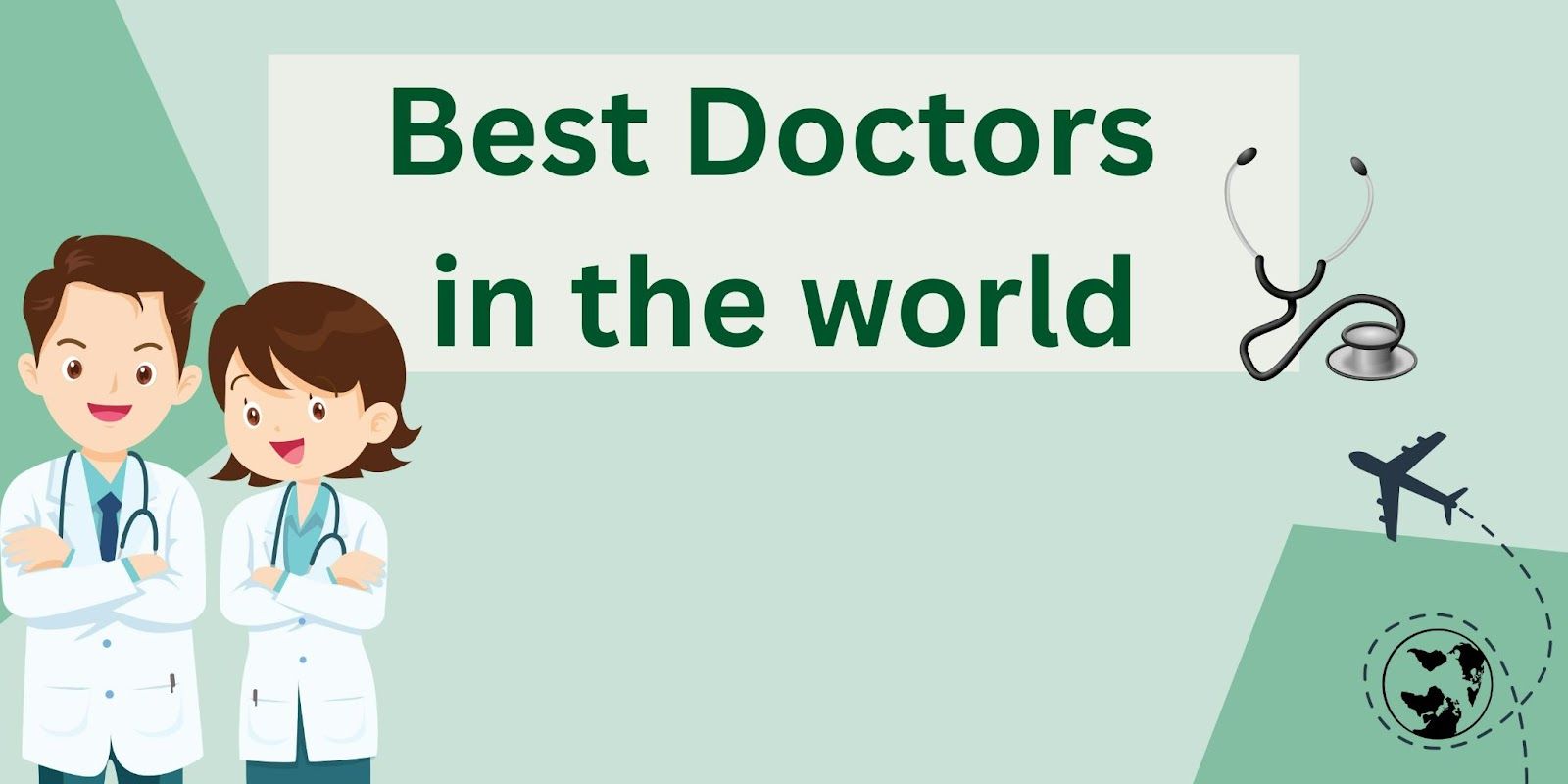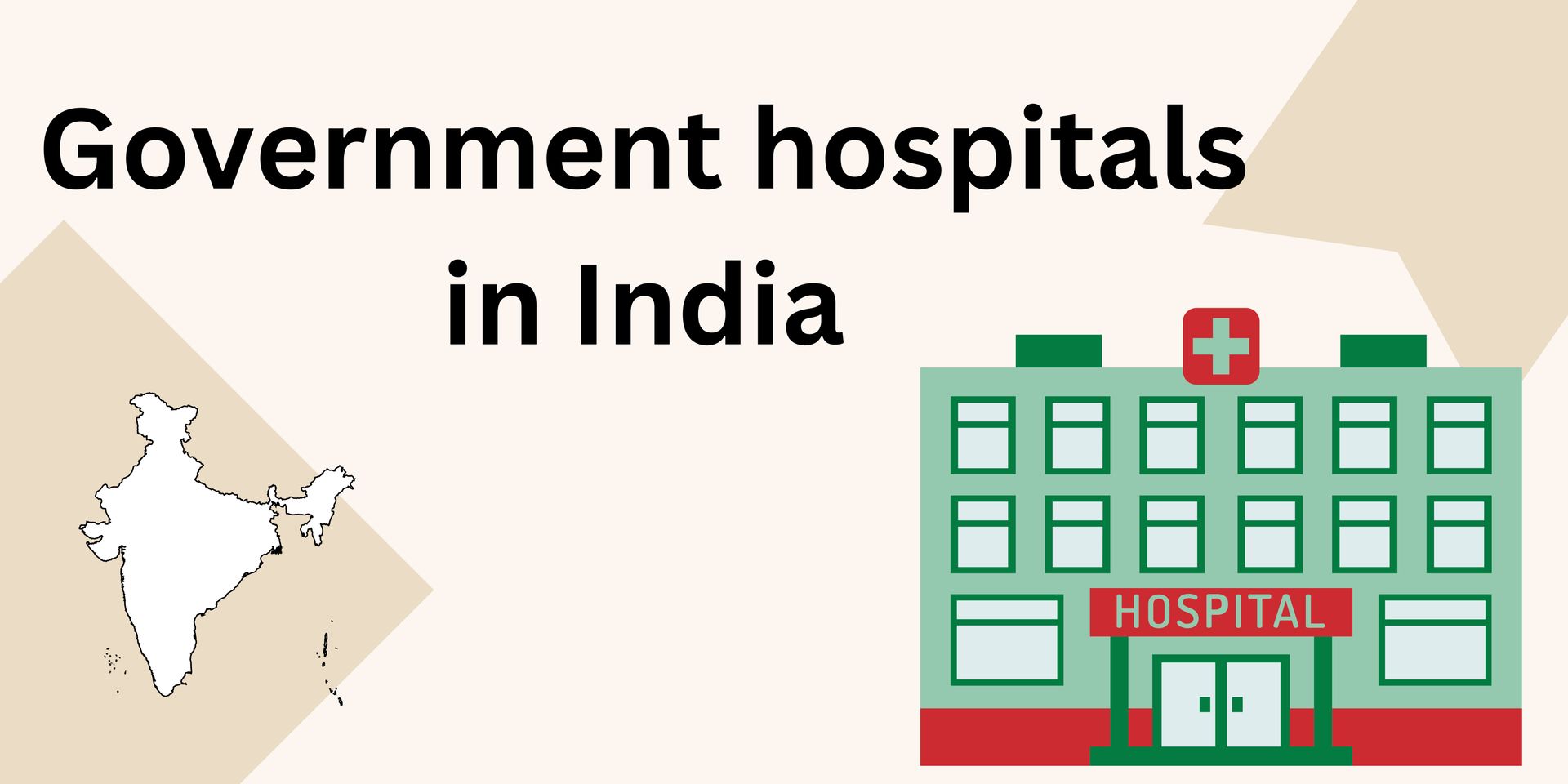Overview
This article explores how even small amounts of daily movement can boost longevity, improve mental and physical health, and reduce the risk of chronic diseases. It emphasizes movement as a form of preventive medicine and introduces PRP therapy as a supportive treatment for those with joint pain or injuries. At any age, staying active isn’t just good for you it’s life-changing.
Introduction: Why Movement Matters More Than Ever
With today's fast-paced yet very sedentary lifestyles it is hard to remember that our human bodies are made to move. Most individuals sit at desks, drive cars, or sit on a couch for hours on end with very little active motion for our muscles and joints to enjoy. Yet, science and personal experience tell us a simple truth - Movement is Life.
As the World Health Organisation (WHO) indicates, physical inactivity is one of the most important global causes of mortality. Conversely, it becomes clearer every day that even a little activity on a daily basis makes a huge difference in longevity, health, and wellness in general. This is not about becoming an elite athlete or spending every day in the gym; this is where we learn the difference between health and fitness and embrace movement as a form of daily medicine for the mind, body, and spirit.
So, let's take a closer look at why moving more is one of your most effective strategies for a longer life of health, and how modern treatments (e.g. Platelet-Rich Plasma Therapy) can help you on your journey.
The Science Behind Movement and Longevity
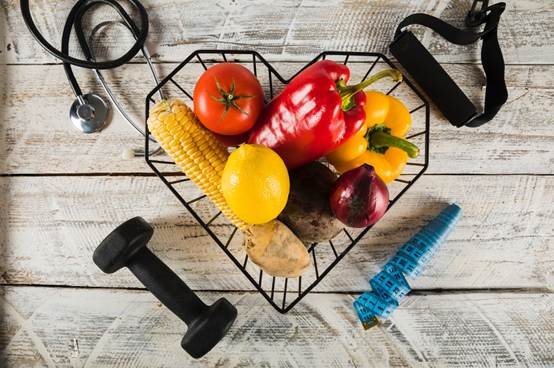
1.Reducing Chronic Disease Risks
Consistent exercise reduces the risk of cardiovascular disease, type 2 diabetes, stroke, hypertension, and some cancers. Exercise enhances insulin sensitivity and lipid profiles, benefits cardiovascular endurance, and protects organs and blood flow.
A study published in The Lancet demonstrated that as little as fifteen minutes of moderate exercise a day, increased life expectancy by three years. This indicates that every movement counts. Movement activates physiological processes to repair cells, reduce inflammation, and moderate hormones, all of which contribute to the prevention of disease.
2.Strengthening Bones and Muscles
Movement keeps bones dense and muscles strong, which is essential in the prevention of osteoporosis and frailty as people age. Weight-bearing actions, including walking, resistance training, and yoga can all help with balance and reduce risk of falls, which translates into independence as we get older.
3.Enhancing Brain Health
Exercise can induce expression of Brain-Derived Neurotrophic Factor (BDNF), a protein that plays a crucial part in neuroplasticity along with cognitive functioning. Movement on a regular basis can affect memory, attention, and creativity, while at the same time alleviating the risk of decline in cognitive functioning and the onset of Alzheimer's Disease.
4.Boosting Mood and Mental Health
Physical activity releases endorphins, serotonin, and other chemicals that can improve mood, and decrease symptoms of anxiety and depression. Movement may also take down levels of cortisol (the stress hormone) associated with mental health. The end result is a calmer, more resilient mental state. In a time of mental health awakening and awareness, movement and physical activity may very well be the most potent, accessible antidepressant out there.
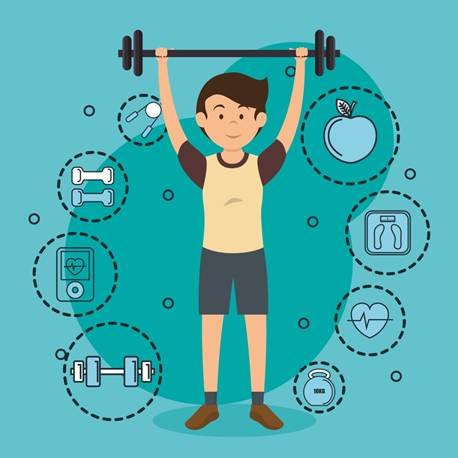
Small Changes, Big Impact:
One of the best parts about these benefits is that you don't have to change your whole life overnight! Think about these simple movement strategies you could use:
These little habits can add up after several weeks and months and really improve your circulation, joint mobility and energy levels.
Movement as a Form of Preventive Medicine
Physicians are recognizing exercise as a treatment for more and more conditions, including high blood pressure, obesity, and depression. Some medical professionals even prescribe exercise in the form of "green prescriptions," suggesting patients spend time walking in parks and/or participating in group exercise. There are studies (including studies for lifestyle-related diseases) documenting lifestyle changes may be more effective than medication.
Challenges to Movement and How to Overcome Them:
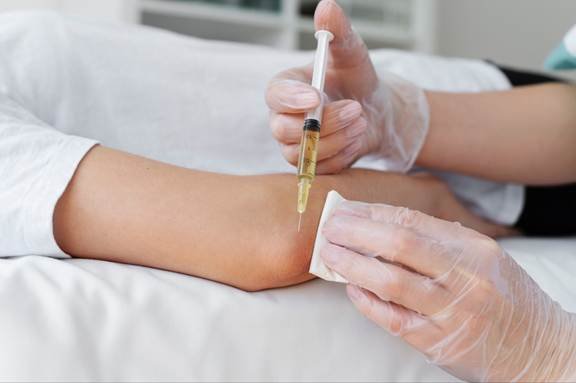
The Role of PRP Treatment in Staying Active:
Many individuals deal with pain, injury, or even chronic medical conditions that limit their ability to exercise or be active. Joint pain, in particular, can be a large impediment to movement. This is where modern regenerative medicine techniques, like PRP (Platelet-Rich Plasma) treatment, can assist.
What is PRP?
Platelet-Rich Plasma (PRP) treatment involves administering a concentration of your own platelets (removed from a small blood sample) into a heeled or painful area of your body to help facilitate a healing effect. When platelets are removed from the blood, they still contain growth factors that help facilitate tissue repair, decrease inflammation, and promote regeneration.
How Does It Help Movement?
PRP therapy helps people that suffer from knee osteoarthritis, tendon injuries, or chronic joint pain or instability in many ways, including:
- Helping them produce something other than pain and inflammation naturally.
- Improving joint function and mobility.
- Helping achieve a faster return from sports injury.
- Delaying surgical invasiveness such as joint replacement.
In short, PRP helps increase or facilitate the healing capacity of the body, allowing people to begin again whatever physical activities they had stopped doing because of injury and/or pain. In developing a person's capability to move, people are able to build their movement-based lifestyle and support their overall health.
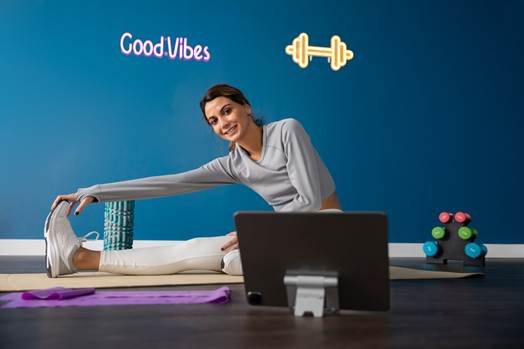
A Complement to Exercise, Not a Replacement
While PRP is powerful, it is most effective when paired with physiotherapy, organized exercise, and a movement-focused everyday life; it is not an injection of magic but a means to influence the natural healing properties of the body. PRP contributes to the individual having the ability to move with confidence and consistency.
Fitness for Every Age and Stage:
- Young Adults
Focus on the development of strength, endurance and flexibility to set the stage for health in later life. Sports, gym workouts, active hobbies etc. will support this.
- Midlife
Joint health, core strength, and mobility should be the main consideration. Brisk walking, yoga, pilates, and resistance training, all help with maintaining muscle mass and bone density.
- Older adults
The main focus should be balance training, light resistance movements, and daily walking, which will allow individuals to maintain independence and cognitive health. Always consult a healthcare provider before embarking on a new program, especially if an individual is living with chronic conditions, etc.
A Holistic Approach: Move with Joy
Movement is not just another thing to check off a task on the life to-do list; it is our way of showing our vitality and joy. Movement can be something like gardening, dancing, hiking, playing with grandkids, etc. As long as it is something that provides you with happiness and joy, this will encourage consistency. If it is not painful and you enjoy it, make it part of your life. Make fitness an enjoyable, exciting group of activities, not a chore.
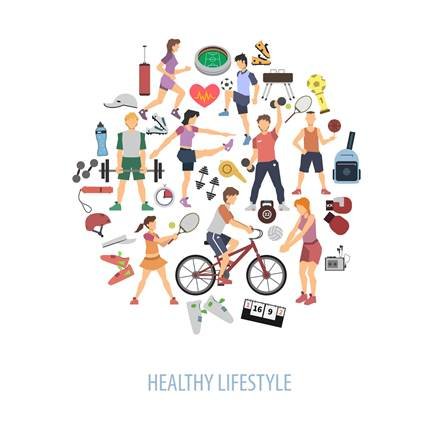
Conclusion:
Your Journey to Longevity Starts Today
Move more, live longer” is more than just a motto – it is a scientifically proven reality that allows all of us to take ownership of our health. There is no doubt that fitness and longevity are linked. Simple, repeated movement today can add more years to your life AND more life to your years!
There are individuals who may be reading this, suffering from joint pain or an injury that limits their movement.
Perhaps you are wondering if you will ever be active again even after receiving some new treatment for your pain. Workouts, exercise and activity might be considered words from a bygone era. New treatments such as PRP therapy give people the renewed hope that they can recover and resume a life without pain. The possibilities are out there, but it is often our hope that was lost. PRP therapy gives hope to be active again, and that may help relieve pain.
Remember to start small. You do not have to run marathons or join CrossFit. Start with just moving more than you did yesterday. Your heart, brain, bones, and your future self will thank you for every mindful movement you engage in today.


